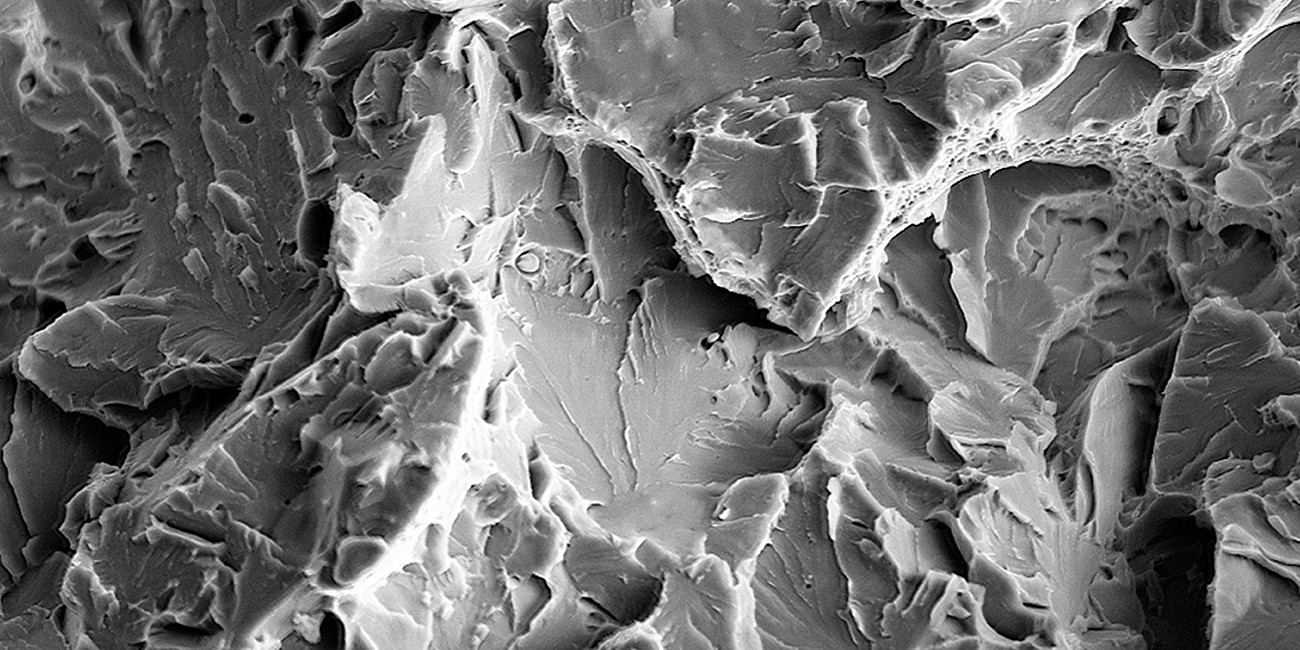Main activity
The field of competence “Failure Analysis” centrally coordinates the activities in the field of failure analysis at the Center for Structural Materials.
The aim of failure analysis is to reconstruct the causes that led to damage or determined its extent. This includes in particular:
- Systematic recording and description of possible causes
- Clarification of the cause of damage, damage sequence, damage mechanisms and damage initiators(planning, design, production, assembly, operator)
- Determination of the probability of occurrence of these causes
- Clear and comprehensible documentation of the analyses
- Development of measures for damage remediation and damage prevention
- Passing on the results to the employees involved in planning, design, production and operation.
In this way, the correlations can be understood and similar errors can be avoided in the future!
Individually tailored and related to the respective damage hypothesis, the latest experimental and analytical methods are used to obtain information about the cause of the damage and the underlying mechanisms.
| Microscopic methods | Chemical-structural methods | Non-destructive methods | Mechanical-technological testing | Simulation / Calculation |
|---|---|---|---|---|
Optical Methods
|
Chemical methods
|
Surface inspection
|
|
|
|
Electron micro- scopic methods
|
Structural methods
|
Volume testing
|
The failure analyses are conducted by qualified experts with many years of experience in the field of damage assessment. In addition to their work at the Center for Structural Materials, our experts contribute their expertise to various working groups, e.g. the VDI Expert Group on Failure Analysis, the GfKorr Working Group on Failure Analysis, or DIN standardization committees, and also act as lecturers, e.g. as part of the lecture on failure analysis at the Technical University of Darmstadt or the DVM Seminar on Component Failure.
Our three focal points in the areas of research, teaching, and testing ensure that the latest findings from research are always incorporated into damage analysis. In addition to pure damage analysis, the focus is increasingly on damage research. This deals in depth, e.g. within the framework of research projects, with the clarification of damage mechanisms, which significantly improves damage prevention and thus makes a considerable contribution to increasing the safety and reliability of components.
The main areas of work include:
- Investigations of diffusion-controlled damage mechanisms such as hydrogen- and liquid metal-induced cracking of high-strength components made of heat-treatable and case-hardened steels, stress corrosion cracking of brass components, etc.
- Damage analyses on components of all kinds
- Expert opinions in the context of legal disputes
- Support of investigating authorities
- Support in the elaboration of remedial measures
- Elaboration of corrective measures to avoid damage





